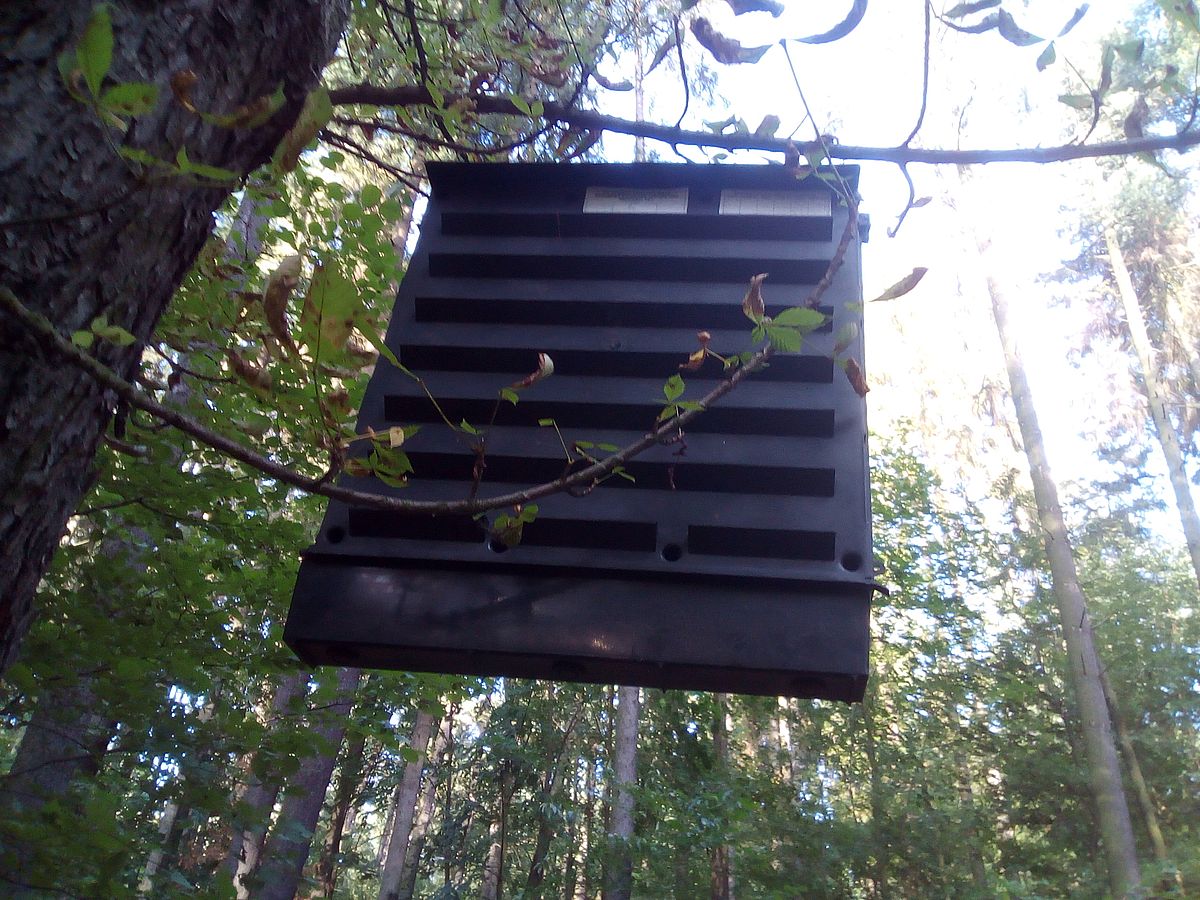The European spruce bark beetle has massively decimated the coniferous forests of Central Europe. The overcrowding can be mainly attributed to the last dry and hot summer. The Czech Republic is the most affected country because, in 2018, the bark beetle destroyed some 18 million cubic meters of wood there. Just for comparison, it equals to 100,000 football pitches. The number is ten times higher than in previous years. As spruces make up about half of the forests, a significant part of the ecosystem is at risk. In addition to the Czech Republic, Slovakia, northern Austria and Bavaria also face the bark beetle challenge.
Why has the problem become so serious?
Forests help to retain water, provide homes for a large number of animals and are an important source of income for people working in the timber industry. Such massive loss of spruce forests is a significant blow to native plant and animal species. While efforts are being made to plant new forests, there are not enough people to do it. The climate in Central Europe is subject to constant changes, with average temperatures rising year by year. Spruce trees have been originally mountain trees, and they cannot, thus, easily adapt to such changes as it is very difficult for them to withstand droughts. During the dry season, spruces cannot produce enough resin to clog the tunnels, which are created by the bark beetle in the trees. Therefore, spruce trees are ideal food for bark beetles.
European Spruce Bark Beetle
Bark beetles are one of the most diverse beetle families, counting over 6,000 species that live all around the world. The European spruce bark beetle (Ips typographus) is a tiny beetle that in its adulthood only has up to half a centimetre. They feed on tree bast, which facilitates water and nutrient transportation in trees. Affected tree, therefore, gradually dries. When attacked by the bark beetle, a healthy tree secretes sap, which is used as a kind of defence, but if there are many bark beetles, the tree has no chance.
Bark beetle forms a natural part of nature, and under standard conditions has a vital function in rejuvenating the forest as it attacks mainly old trees. However, their outbreaks have become a significant threat.
Fighting bark beetle
In particular, pheromone traps are used to fight bark beetle. Moreover, a set of measures can be taken to deal with the calamity. Bark beetle usually attacks an old and withered tree, from which it spreads to other trees.
Foresters often use drones to help them in finding old and withered trees, so they can cut them down before the bark beetle attacks healthy trees. However, not all forest areas can be controlled, and, therefore, fighting bark beetle is so tricky. Other species of trees that are more resistant than spruces are often planted.
Credit: Leakshare, Depositphotos.com, commons.wikimedia.org/wiki/File:Ips.typographus.jpg







